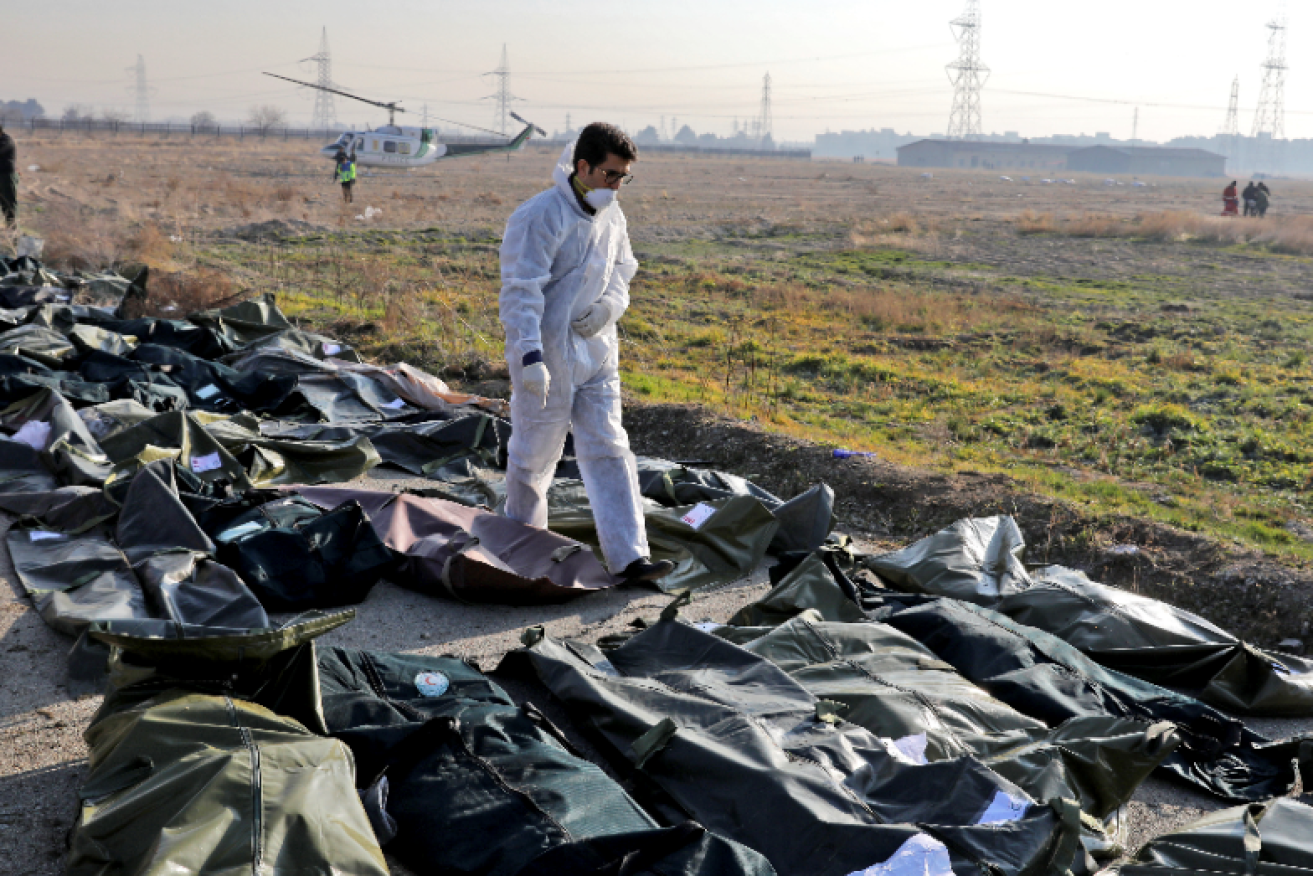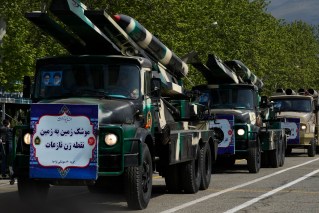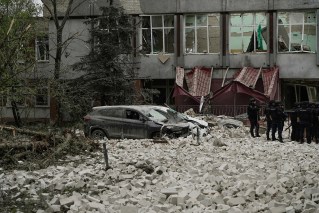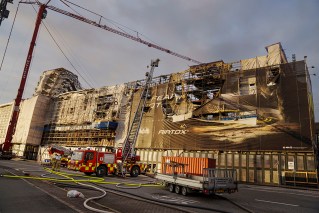Boeing plane black box found in Iran wreckage – but the questions are just beginning


A recovery team member surveys the passengers' bagged bodies. Photo: AP
Rumours and speculation are swirling about the Ukraine International Airlines jet which crashed in Iran’s capital, killing all 176 passengers and crew within seconds of takeoff.
It was confirmed early Thursday morning (Australian time) that 82 Iranians, 63 Canadians, 10 Swedes, four Afghans, three Germans, and three British nationals were among the passengers on board. The remaining eleven people killed in the fiery crash are believed to be Ukrainians.
Canadian foreign minister Francois-Philippe Champagne said he was “deeply shocked and saddened” and stressed the situation remained “extremely fluid”.
Iran has confirmed the black box from the plane had been found. But it won’t yet hand over the data to the US or Boeing.
The timing of the Boeing crash on Wednesday was extraordinary as it came the same day Iran fired missiles into Iraq military bases where US troops were based.
Tensions between US and Iran had been heightened as leaders of the two countries traded threats following the killing of Revolutionary Guard General Qassem Soleimani by an American airstrike.
Here is my statement on the tragic crash of Ukraine International Airlines Flight #PS752. Our thoughts are with the families and loved ones of the victims, including at least 63 Canadians. pic.twitter.com/knPr827mci
— François-Philippe Champagne (FPC) 🇨🇦 (@FP_Champagne) January 8, 2020
Immediately after the crash on Wednesday, Iran’s semi-official Fars news agency attributed the Boeing 737-800’s plunge into a field outside the country’s biggest city to “technical problems” – an explanation that stunned aviation experts who noted the aircraft’s black boxes had not yet been recovered.
Eyebrows were also raised by Ukraine’s response, which saw officials initially endorse the mechanical-failure diagnosis, only to back away from it within hours.
They noted that the plane, one of Boeing’s most reliable models, had been serviced within the past week and was only three years old.
A selection of flights by European airlines routing around Iraq and Iran.
Track flights in the area and read the NOTAMs issued by the US FAA at https://t.co/RaH0ibnYJa pic.twitter.com/Sf2TYEFIjB
— Flightradar24 (@flightradar24) January 8, 2020
Adding to to the intrigue were unconfirmed reports that panels of the shattered wreckage appeared to have been penetrated by projectiles.
Qantas immediately reacted to the news by re-routing all flights away from Iranian airspace, adding an extra 60 minutes to the London-Sydney flight time.
Pir Hossein Kulivand, head of Iran’s emergency services, said rescuers were trying to collect the dead.
An investigation team was at the site of the crash in south-western outskirts of Tehran, civil aviation spokesman Reza Jafarzadeh told the Associated Press.
Flight data from the airport showed a Ukrainian 737-800 flown by Ukraine International Airlines took off Wednesday morning, then stopped sending data almost immediately afterward, according to website FlightRadar24.

Recovery workers stand stunned in a bare field sown with death and debris.
The Boeing 737-800 is a common single-aisle, twin-engine aircraft used for short to medium-range flights.
First introduced in the late 1990s, thousands of the planes are in use by airlines around the world.
It is an older model than the Boeing 737 MAX, which has been grounded for nearly 10 months following two deadly crashes.
A number of 737-800 aircraft have been involved in deadly accidents over the years.
In March 2016, a FlyDubai 737-800 from Dubai crashed while trying to land at Rostov-on-Don airport in Russia, killing 62 onboard. Another 737-800 flight from Dubai, operated by Air India Express, crashed in May 2010 while trying to land in Mangalore, India, killing more than 150 onboard.
Chicago-based Boeing Co. was “aware of the media reports out of Iran and we are gathering more information,” spokesman Michael Friedman told The Associated Press.
Boeing, like other airline manufacturers, typically assists in crash investigations. However, that effort in this case could be affected by the US sanctions campaign in place on Iran since President Donald Trump unilaterally withdrew from Tehran’s nuclear deal with world powers in May 2018.
Both Airbus and Boeing had been in line to sell billions of dollars of aircraft to Iran over the deal, which saw Tehran limit its enrichment of uranium in exchange for the lifting of economic sanctions. But Mr Trump’s decision halted the sales.
Under decades of international sanctions, Iran’s commercial passenger aircraft fleet has aged, with air accidents occurring regularly for domestic carriers in recent years, resulting in hundreds of casualties.
-with AAP








